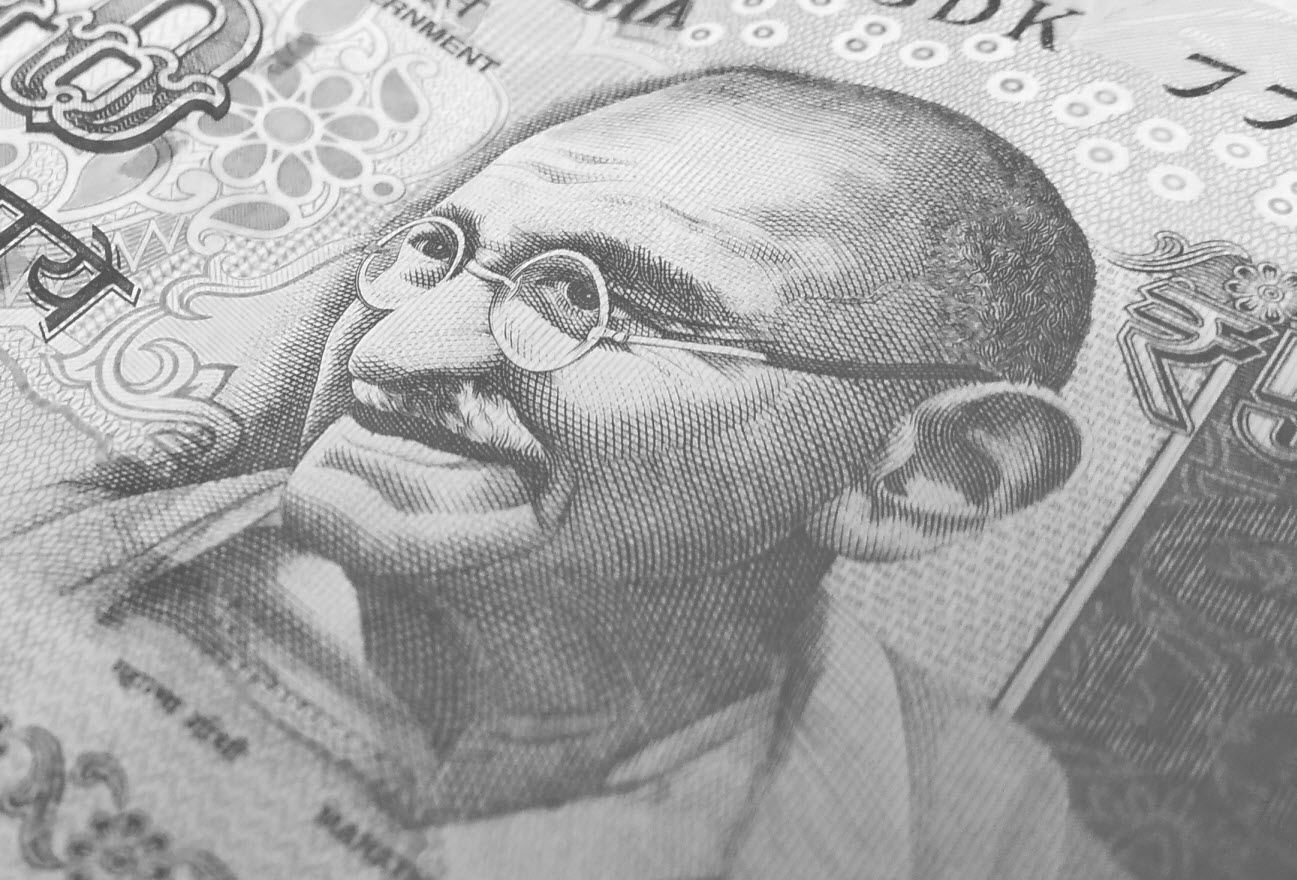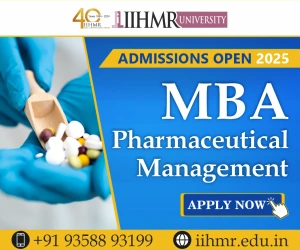ADVANCES IN HOSPITAL PHARMACY SERVICES: AN OVERVIEW

ABOUT AUTHOR
Dr. R. S. Thakur
Email: drramsthakur@gmail.com
Phone: +91-9740802164
Preamble
Health has direct impact on socio-economic growth of the country and welfare of its people. Hospital Pharmacy of a Hospital or other Health Care Facilities makes available drugs, devices, and other materials used in the diagnosis, mitigation, prevention and treatment of injury, illness, and disease. Hospital Pharmacy procures, stores and supplies medicines for dispensing, compounding, distribution and provides Pharmaceutical Care. Talking from a patient’s perspective, hospital pharmacy services provide medicines, information and advice to inpatients and outpatients as well as to the health professionals and others giving health care to the patients.













